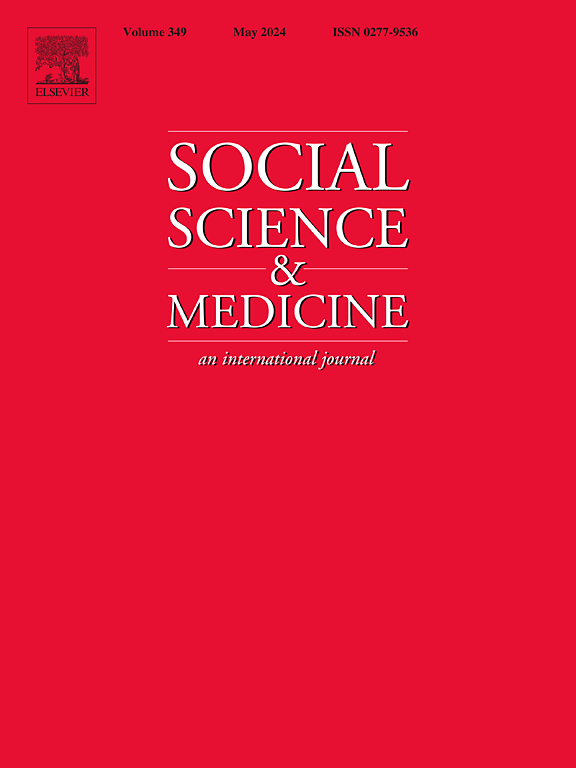Socioeconomic disparities in long COVID diagnosis among ethnic minorities in Denmark
IF 4.9
2区 医学
Q1 PUBLIC, ENVIRONMENTAL & OCCUPATIONAL HEALTH
引用次数: 0
Abstract
Background
Low socioeconomic status has been demonstrated as a risk factor for COVID-19 severity and mortality. However, whether socioeconomic disparities also influence the risk of long COVID diagnosis among ethnic minorities compared to the native majority population remains unclear.
Methods
We conducted a nationwide register-based cohort study in Denmark, including individuals with a first-time COVID-19 diagnosis between January 2020 and August 2022. The risk of long COVID diagnosis among ethnic groups (defined by country of birth) was compared according to socioeconomic status.
Results
Among 2 287 175 COVID-19 cases, 4579 were diagnosed with long COVID. The risk of long COVID diagnosis did not significantly differ by income or educational attainment for most ethnic groups. However, among low-income individuals, migrants had a higher risk of long COVID than native Danes, particularly Eastern Europeans (HRadjusted 1.45, 95 % CI [1.25,1.70], p < 0.001), Southeast Asians (HRadjusted 2.08, 95 % CI [1.32,3.28], p = 0.002), Middle Easterners (HRadjusted 1.65, 95 % CI [1.31,2.07], p < 0.001), and North Africans (HRadjusted 1.68, 95 % CI [1.24,2.27], p < 0.001). Additionally, migrant workers (Eastern European, Middle Eastern, and South Asian) in occupational sectors such as “economy, business, and administration”, “operator, driver and transportation service”, “sales and customer service”, “general office and secretarial service” and “education” had a higher long COVID risk than native Danish workers in the same workplaces.
Implications
These findings highlight the need to address ethnic disparities in long COVID, particularly among migrants with low income. Workplace interventions and policies targeting work-related vulnerabilities could help reduce the disproportionate burden of long COVID among migrant workers.
求助全文
约1分钟内获得全文
求助全文
来源期刊

Social Science & Medicine
PUBLIC, ENVIRONMENTAL & OCCUPATIONAL HEALTH-
CiteScore
9.10
自引率
5.60%
发文量
762
审稿时长
38 days
期刊介绍:
Social Science & Medicine provides an international and interdisciplinary forum for the dissemination of social science research on health. We publish original research articles (both empirical and theoretical), reviews, position papers and commentaries on health issues, to inform current research, policy and practice in all areas of common interest to social scientists, health practitioners, and policy makers. The journal publishes material relevant to any aspect of health from a wide range of social science disciplines (anthropology, economics, epidemiology, geography, policy, psychology, and sociology), and material relevant to the social sciences from any of the professions concerned with physical and mental health, health care, clinical practice, and health policy and organization. We encourage material which is of general interest to an international readership.
 求助内容:
求助内容: 应助结果提醒方式:
应助结果提醒方式:


